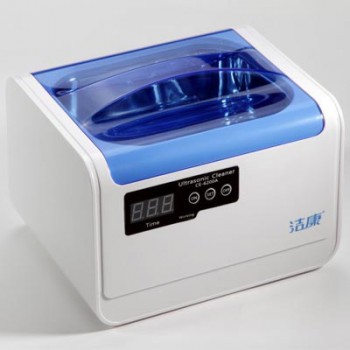Effective and efficient infection control in the dental office is essential for the safety of patients and to ensure that productivity does not suffer. Infection control programs all include the cleaning and sterilization of reusable dental instruments and devices.
One of the dental equipment, dental autoclaves, plays a crucial role in keeping your patients healthy. Since autoclaves are involved in the sterilization of dental instruments, you simply cannot afford to invest in anything but the best. However, you should know that there are several varieties and price points of autoclaves available to suit your specific needs.

About 74% of people believe that an unattractive smile can hurt their career success, and a non-sterilized instrument will set them back even further. You cannot put your career on the line by failing to obtain the right kind of dental autoclave. The first thing you need to consider is that manual vs. automatic. Manual autoclaves are generally less expensive to buy and repair, but they take much longer to use. Automatic autoclaves cost a bit more, but they can save you tons of time and detect any malfunctions.
Maintain sterilized instruments in the pouches or wrapping in which they were sterilized. If the packaging becomes torn or wet, the items must be repackaged and heat sterilized. Avoid mingling non-sterile packages with sterile ones. There should be a visible indicator, such as chemical indicators or color-change autoclave tape on the outside of each package to allow staff to easily discern sterilized instrument packages from those that have not yet been heat-processed.
Sterilization is a necessary part of the maintenance of your dental handpiece. This process also puts your handpiece under the most stress with wear and tear. Maximum temperatures in your autoclave shouldn’t reach more than 140 degrees Fahrenheit. This can help to preserve your handpiece just a bit longer in between the need for service.
The same sets of instrument processing, personal protection equipment, and engineering and work practice control precautions can be expected to protect against all bloodborne disease agents. As such, instruments used on a known hepatitis patient need not be segregated from other contaminated instruments, can be cleaned in an ultrasonic cleaner, and do not require special post-cycle maintenance or cleaning of ultrasonic equipment.
You need to find that perfect balance of quality and cost to reach your full potential. Find a trusted dental equipment retailer online and find the dental autoclaves that work best for your current needs.

